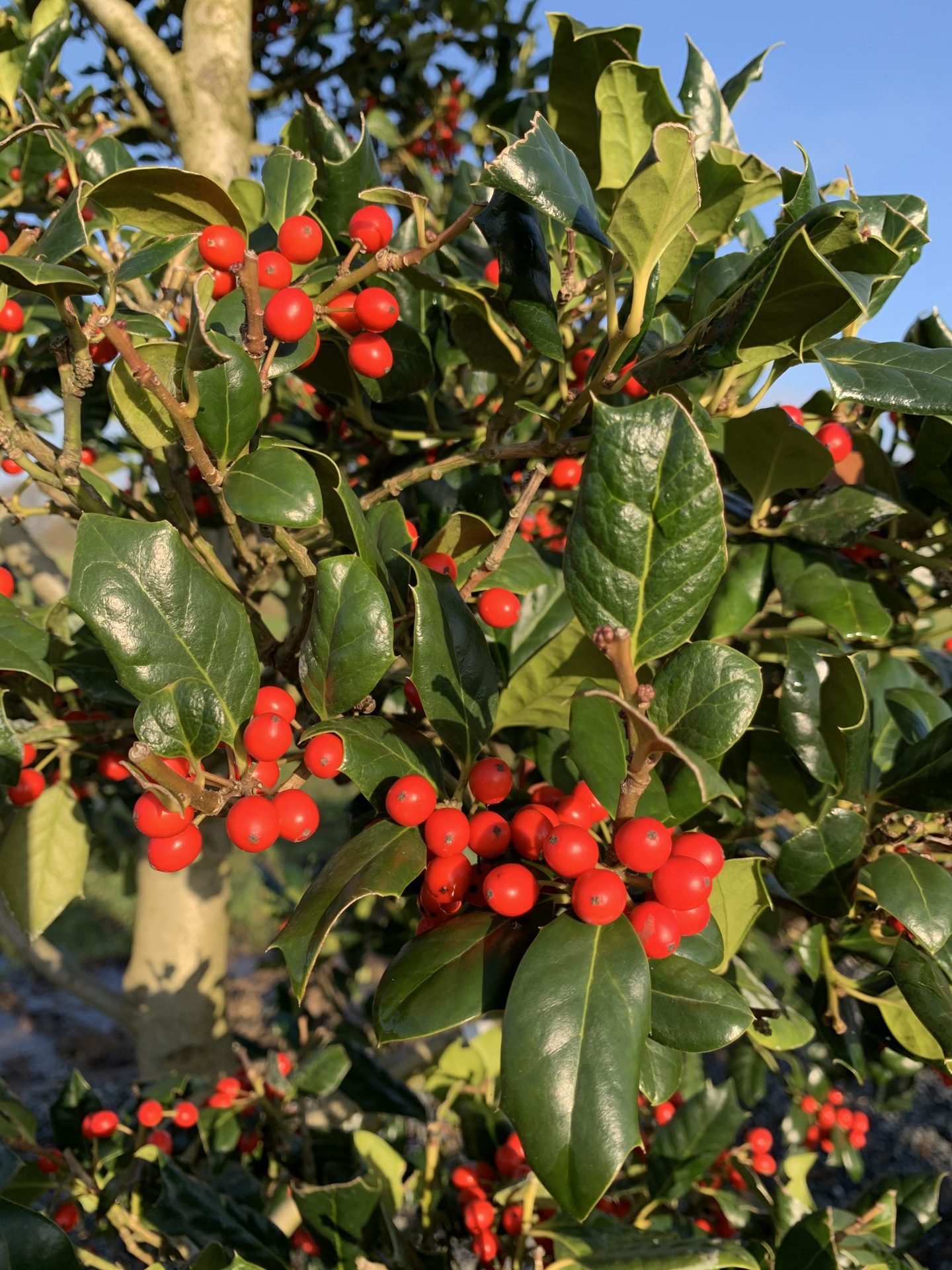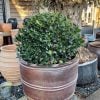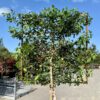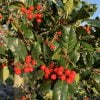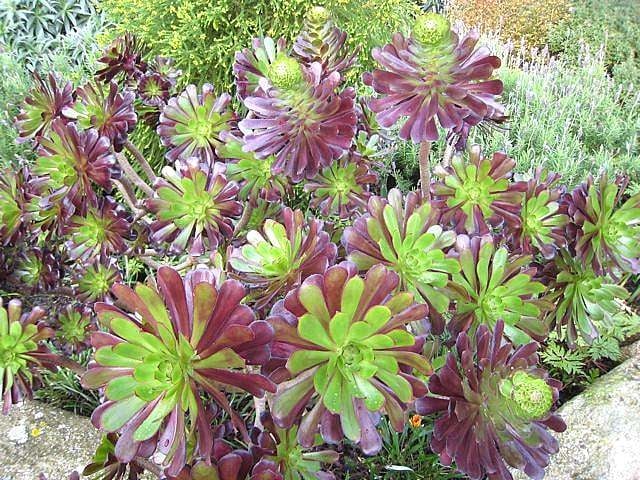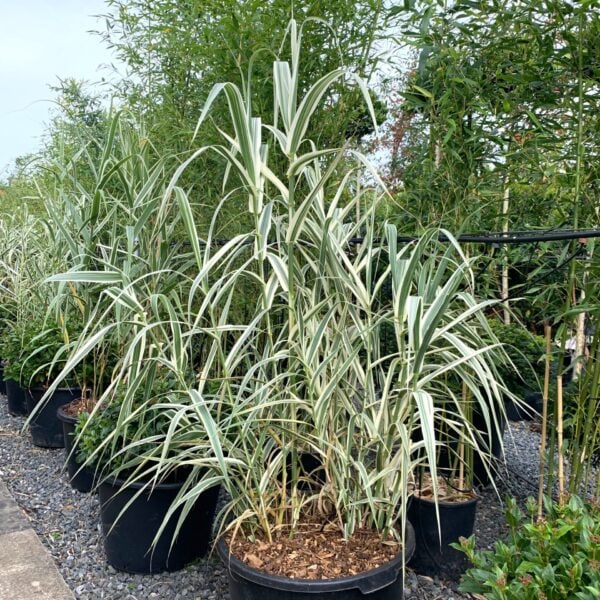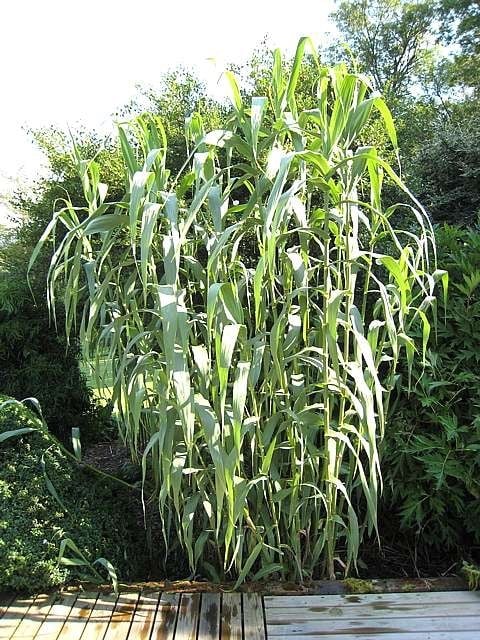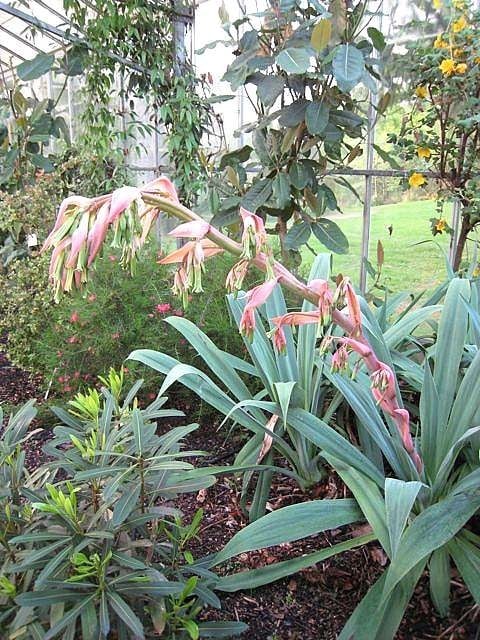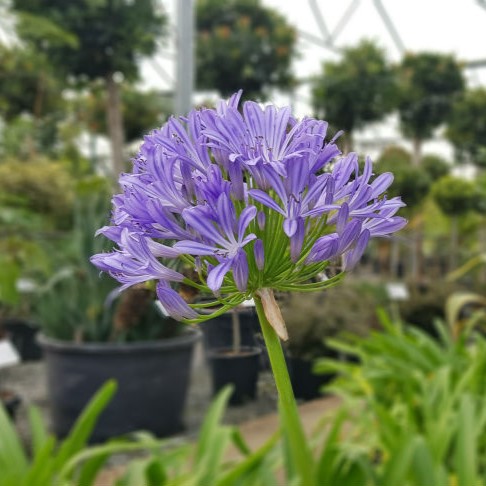Ilex aquifolium ‘Nellie Stevens’
This form of Holly is just as tough but slightly less prickly of leaf compared with our better known native. Please contact us for stock availability and sizes.

Hardiness level Green
This form of Holly is just as tough as our native one but slightly less prickly of leaf. ‘Nellie Stevens’ is smaller, neater, carries fewer spines and is an excellent choice for topiary, which is why we love it in particular.
The bark and branches are a pleasant, subtle grey green, but it is the glossily-emerald green, dense canopy of leaves and heavy crop of red berries which make this a quintessentially jolly holly (just without the prickle) Their free-forming berries remain on the branches for a long time, bringing colour and attracting birds throughout the winter. If you’re lucky they will leave you some.
This holly makes for a very special screening choice where it can be used simply as hedging or sculpted into rolling boundary shapes and inviting arches.
‘Nellie Stevens’ are all descendants of specimens belonging to Mrs. Nellie Robinson Stevens, a head-teacher from Maryland. Around 1900, it’s said, she collected seeds from naturally pollinated trees in the U.S National Arboretum and grew them in her own garden.
Give them sun or light shade and plant them in the ground (if possible). Tough as old boots. Clip regularly.
N.B. When clipping several plants with the same tool, have a bucket containing a 5% bleach solution and swish your blades around for 30 seconds between plants to sterilise them. This will help avoid the chance of cross contamination of disease.
As with all woody plants, plant high, exposing as much of the taper at the base of the trunk as possible. Allowing soil to accumulate round the base of a tree can be fatal. Keep very well watered when first planted.
Additional Information |
|
|---|---|
| Continent of Origin | |
| Features | |
| Flower Colour | |
| Plant Type | |
| Situation | |
| Soil Type | |
| Specialist Plants | |
| Tree Size | |
| Hardiness | |







